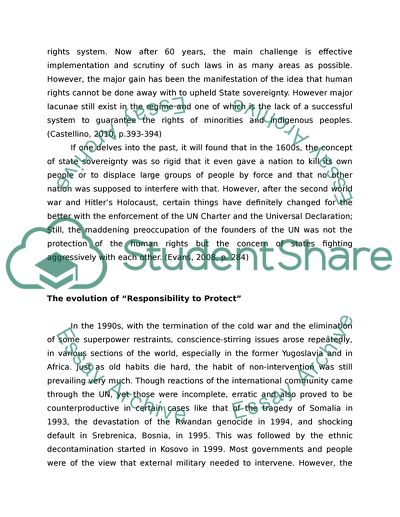Cite this document
(The United Nations Charter Case Study Example | Topics and Well Written Essays - 2000 words, n.d.)
The United Nations Charter Case Study Example | Topics and Well Written Essays - 2000 words. Retrieved from https://studentshare.org/law/1627299-power-is-more-important-than-culture-in-determining-i-whether-human-rights-norms-should-are-upheld-or-not
The United Nations Charter Case Study Example | Topics and Well Written Essays - 2000 words. Retrieved from https://studentshare.org/law/1627299-power-is-more-important-than-culture-in-determining-i-whether-human-rights-norms-should-are-upheld-or-not
(The United Nations Charter Case Study Example | Topics and Well Written Essays - 2000 Words)
The United Nations Charter Case Study Example | Topics and Well Written Essays - 2000 Words. https://studentshare.org/law/1627299-power-is-more-important-than-culture-in-determining-i-whether-human-rights-norms-should-are-upheld-or-not.
The United Nations Charter Case Study Example | Topics and Well Written Essays - 2000 Words. https://studentshare.org/law/1627299-power-is-more-important-than-culture-in-determining-i-whether-human-rights-norms-should-are-upheld-or-not.
“The United Nations Charter Case Study Example | Topics and Well Written Essays - 2000 Words”, n.d. https://studentshare.org/law/1627299-power-is-more-important-than-culture-in-determining-i-whether-human-rights-norms-should-are-upheld-or-not.


